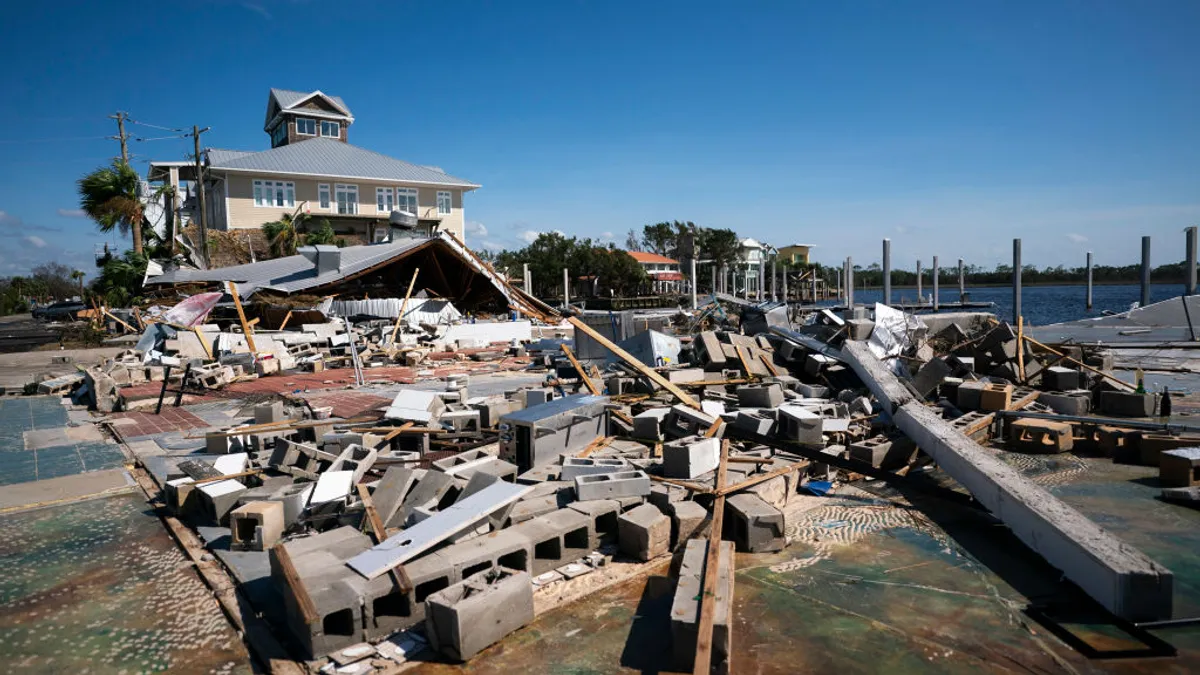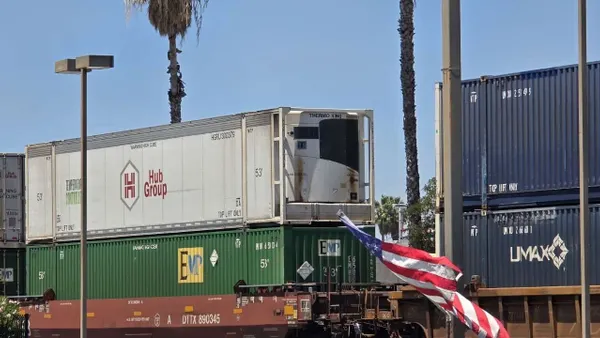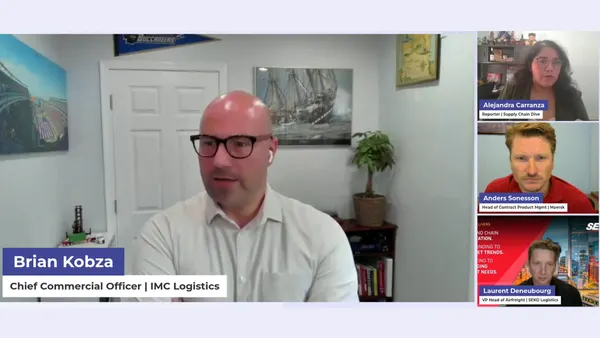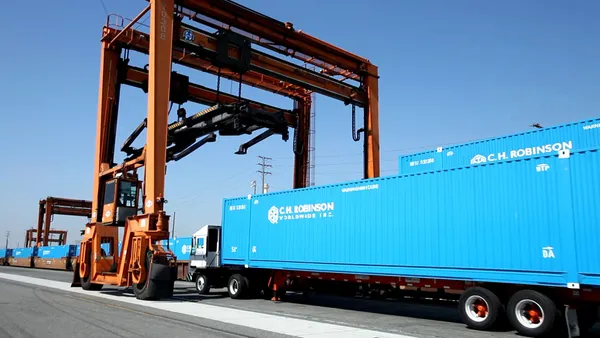A Category 4 hurricane is forecast to submerge Tampa, Florida, in up to 12-foot storm surges this week, while trucks still criss-cross the state and the broader Southeast region, cleaning up from Hurricane Helene’s deadly destruction late last month.
Hurricane Milton, with wind speeds of more than 160 mph, “will be the worst storm to impact the Tampa region in over 100 years,” the National Weather Service said in an advisory.
10/07/24 11am Major Hurricane Milton Update
— NWS Tampa Bay (@NWSTampaBay) October 7, 2024
⚠️Now a Category 5 Hurricane
⚠️If the storm stays on the current track, it will be the worst storm to impact the Tampa area in over 100 years.
⚠️Please evacuate if told to do so.
⚠️Complete all prep before tomorrow night. #flwx pic.twitter.com/Cq9tJsfr2A
Winds are expected to pick up across Florida's west coast Wednesday afternoon as the storm approaches, and "PREPARATIONS, INCLUDING EVACUATION IF TOLD TO DO SO, SHOULD BE RUSHED TO COMPLETION THIS MORNING," the National Hurricane Center said in an 8 a.m. advisory.
The Florida Department of Transportation has opened highway shoulders as extra lanes for smaller vehicles to hasten evacuations, Florida Trucking Association President and CEO Alix Miller said.
Some carriers, especially those with regional or national operations, will relocate their Florida-based drivers into hotels to keep them safe and position them for certain linehaul runs following the storm, Miller said.
“No matter what, it’s always all hands on deck,” she said.
Emergency support conference calls that had just wound down for Helene started back up again for Milton with partners the trucking association president calls “battle buddies.”
“It's the same all over again,” Miller said. “It just depends on the severity and the location, to direct trucks there. One of the biggest things we've been working on right now is ensuring that debris from the last hurricane is being picked up. ... One of the most dangerous things at this point is all of the destruction from, what was it, two weeks ago?”
Kathy Fulton, who lives in the Lakeland area, about 40 minutes east of Tampa, evacuated to Washington, D.C., ahead of Milton.
Milton’s path appears to be farther south than Helene’s, but that presents its own challenges, said Fulton, executive director of the American Logistics Aid Network.
“We're looking at massive evacuations from the coast,” Fulton said. “We're looking at worries over infrastructure because of the intensity of the storm and the height of the storm surge, with some some pretty critical infrastructure right there where the storm is going to come in.”
Florida's supply chain and logistics infrastructure is primarily centered along the I-4 corridor, the ALAN leader pointed out.
“There's a lot of warehouses that are in the path of danger right now,” Fulton said.
More disruption to operations at Port Tampa Bay could seriously disrupt fuel supply for western and central Florida, “which could then hinder recovery efforts,” according to Ben Ruddell, a professor at Northern Arizona University.
“Recovery crews and logisticians should consider bringing their own fuel when responding to the storm and should work with emergency managers in getting on-site advice,” Ruddell wrote in an advisory.
Editor's note: This story has been updated to include a Wednesday National Hurricane Center advisory and the downgrading of Milton to a Category 4 storm.













